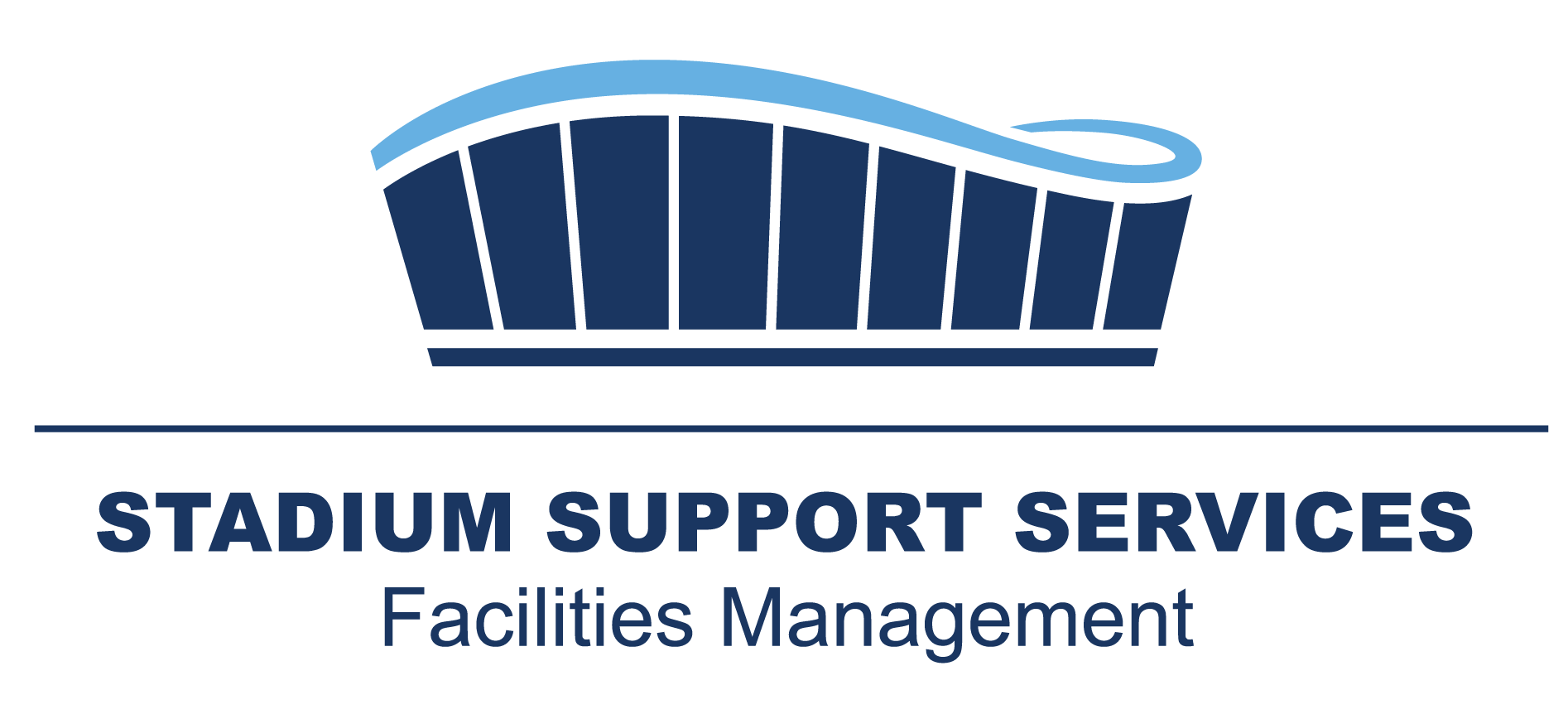
In the lead-up to World Day for Safety and Health at Work on Friday 28th April, Operations Director, Scott Hudson shines a light on the importance of holistic health and safety practices in the workplace within Facilities Management.
For me, the World Day for Safety and Health at Work really helps to emphasise the importance of safety. This day serves to remind us of the significance of maintaining a safe work environment, not just for our employees but also for our customers and venue visitors.
Facilities management is responsible for ensuring that buildings and venues are maintained, repaired, and operating correctly. However, the safety of the employees working in these facilities is our top priority. It’s not just about complying with regulations and meeting legal requirements; it’s about creating a culture of safety where everyone is committed to upholding safe practices, and making sure everyone returns home to their families safely at the end of the day.
One of the most critical aspects of workplace safety is risk assessment. As facilities management professionals, we need to identify potential hazards, evaluate their risks, and determine appropriate measures to mitigate them. This process includes identifying and controlling workplace hazards, maintaining equipment, and ensuring that our employees receive the best possible training.
It’s also crucial to communicate effectively about safety. Communication is a two-way process, and it’s essential to ensure that our employees understand what is required of them and what they can do to maintain their safety. We must communicate safety procedures and guidelines to employees, provide regular training, and encourage open communication channels where employees can report safety issues or concerns.
It is imperative that we create a culture where staff can flag if they feel that there is a safety concern, even if this means challenging managers or clients.
It’s important to note that safety is not just about preventing accidents; it’s also about being prepared for emergencies. Our teams must develop emergency plans and conduct regular drills to ensure that everyone knows what to do in an emergency. Even down to knowing the address and location of the nearest hospital. We must also make sure that buildings have adequate fire alarms, extinguishers, and emergency exits.
It’s crucial to create a culture of safety in the workplace. This means that everyone from the top down is committed to promoting and upholding safe practices. As a business that carries out many complex projects from working in live environments to working at height, we are proud to report, that in 19 years of operation, we have never had a RIDDOR incident. PPE is such an important line of defence, from a safety perspective, that we allow team leaders to have an uncapped budget to purchase safety equipment of any nature.
Team leaders must lead by example, prioritise safety in all decision-making processes, and empower employees to report safety concerns and make suggestions for improvement. Doing so can create a safer, healthier, and more productive workplace for everyone.
Follow us on LinkedIn for more news, updates and industry insights
It’s not just about complying with regulations and meeting legal requirements; it’s about creating a culture of safety where everyone is committed to upholding safe practices, and making sure everyone returns home to their families safely at the end of the day.
It is imperative that we create a culture where staff can flag if they feel that there is a safety concern, even if this means challenging managers or clients.
